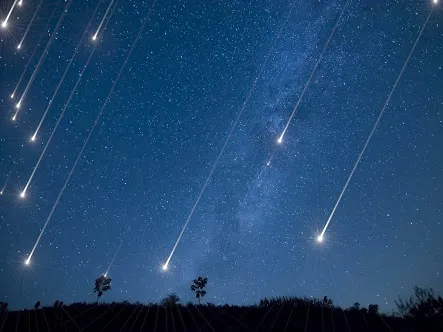
We on Earth get to take in the wonder of a meteor shower typically when our planet passes through the trail of a comet. The bits of rock and debris burn up when they hit Earth’s dense atmosphere, and streak across the sky.
But the Geminid meteor show — which will reach its peak Wednesday night and early Thursday morning — is not typical.
If you go outside Wednesday night and watch, you’ll be seeing bits of debris from an asteroid named 3200 Phaethon burn up in the night sky.
The Geminids are a meteor shower caused by the object 3200 Phaethon,which is thought to be a Palladian asteroid with a "rock comet" orbit.This would make the Geminids, together with the Quadrantids, the only major meteor showers not originating from a comet. The meteors from this shower are slow moving, can be seen in December and usually peak around December 13–14, with the date of highest intensity being the morning of December 14. The shower is thought to be intensifying every year and recent showers have seen 120–160 meteors per hour under optimal conditions, generally around 02:00 to 03:00 local time. Geminids were first observed in 1862, much more recently than other showers such as the Perseids (36 AD) and Leonids (902 AD).
Source:- https://www.google.co.in/amp/s/www.vox.com/platform/amp/2017/12/13/16764888/geminid-meteor-shower-2017-how-to-watch-time-date
And
https://en.m.wikipedia.org/wiki/Geminids
